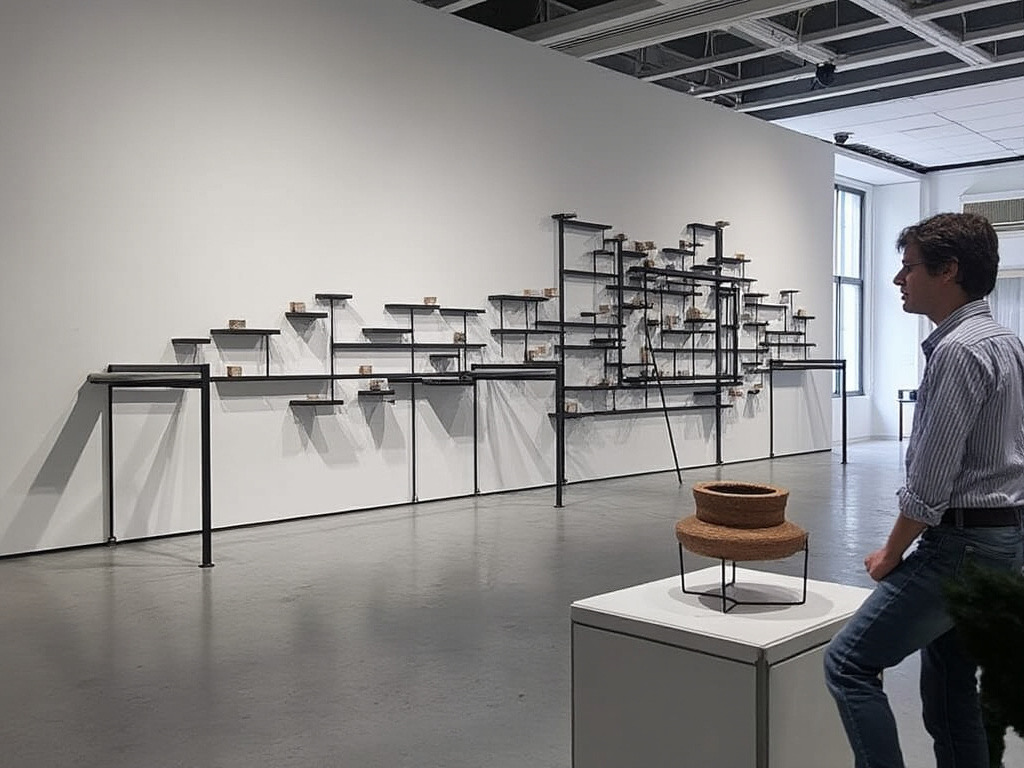
Introduction: In a bold statement on the nature of art and perception, Italian artist Salvatore Garau has once again captivated the art world by selling an invisible sculpture titled “Io Sono” (I Am) for more than $18,000. This piece, described as “immaterial,” challenges traditional notions of what constitutes art, pushing the boundaries of creativity and value in the art market.
The Artwork: “Io Sono” is not a sculpture in the conventional sense; it’s an exploration of space and imagination. Garau, known for his conceptual approach, defines this work as a vacuum, a space full of energy according to quantum physics principles. The artwork, which sold for €15,000 ($18,300) at an auction, comes with a certificate of authenticity but no physical object. Instead, buyers are instructed to display this invisible piece in a private home, within a 5-by-5-foot space free from obstructions.
The Concept Behind the Sculpture: Garau’s work delves into the realm of the unseen, suggesting that art exists beyond the physical. “The vacuum is nothing more than a space full of energy,” he explains, referencing the Heisenberg uncertainty principle to argue that even ‘nothing’ has weight. This concept invites viewers to engage their imagination, activating a form of mental sculpture where the artwork’s form is dictated by the viewer’s perception and thoughts.
Public and Critical Reception: The sale of “Io Sono” has sparked a mix of admiration and criticism. While some applaud Garau for expanding the definition of art, others question the value and authenticity of an artwork that doesn’t physically exist. Critics argue over whether this represents a new frontier in art or if it’s a commentary on the art market’s willingness to embrace novelty over substance.
Historical Context: This isn’t Garau’s first venture into the invisible. Earlier, he displayed “Buddha in Contemplation” in Milan, marking another invisible piece with tape on the ground. These works continue a tradition of conceptual art where the idea or concept is the artwork, a movement that has roots in the 1960s but finds new expression in contemporary times.
Conclusion: Salvatore Garau’s “Io Sono” not only sold for a significant sum but also ignited discussions on art’s essence, value, and perception. This invisible sculpture stands as a testament to the power of conceptual art, where the absence of a physical object does not diminish its presence but rather enhances its philosophical depth. As the art world continues to evolve, pieces like “Io Sono” challenge us to look beyond the visible, questioning what we accept as art and why.
Leave a Reply